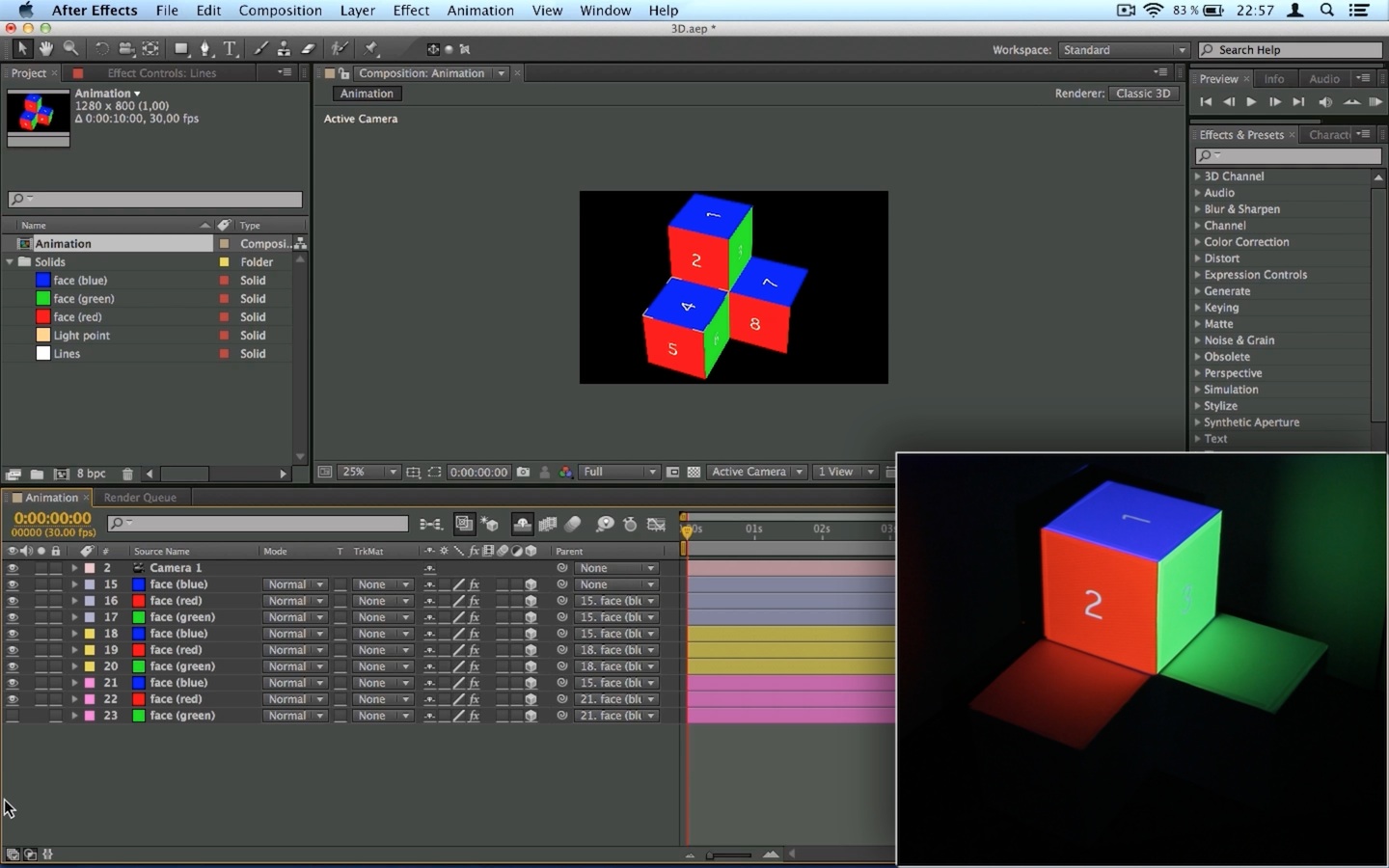
d, -timeout= Timeout for OSC message updates in milliseconds (default: 1000) osc-listen= Address to listen for incoming osc messages (default: 0.0.0.0:1245) flash= Flashing interval when countdown reached zero (ms), 0 disables (default: 500) background-color= Background color, used if no background image is supplied (default: #000000) background-path= path to load OSC backgrounds from (default: /boot) background= Background image file location. no-ar-correction Do not try to detect official raspberry pi display and correct it's aspect dump-config Write configuration to stdout and exit
THE MILLUMIN MESSAGE PASSWORD
http-password= Password for web configuration interface (default: clockwork) http-user= Username for web configuration (default: admin) disable-http Disable the web configuration interface http-port= Port to listen on for the http configuration interface (default: :8080) face= Select the clock face to use (default: round) configure -host=armv7l-raspberry-linux-gnueabihf -disable-pulseaudio -disable-esd -disable-video-mir -disable-video-wayland -disable-video-x11 -disable-video-opengl for config flags.
THE MILLUMIN MESSAGE FULL
On the raspberry pi the default libraries shipped with rasbian will only output data to X11 window, so for full screen dedicated clock you need to compile the SDL libraries from source. Compiling requires SDL 2 and SDL_GFX 2 libraries. You can build the clock binary with go get /Depili/clock-8001/cmd/sdl_clock. sdl-clock - Output the clock to hdmi on the raspberry pi You should change them from the interface or the clock.ini file. The default username is admin and the default password is clockwork. You can access this interface by pointing your browser to the address of the clock. The new unified images have a web configuration interface for the clock settings. So that the display is initialized on boot. To use them you need to rename either 4_square or 4_rect to config.txtįor the rectangular display you need to also modify clock_cmd.sh to contain: The image supports both the retangular and square hyperpixel4 displays from Pimoroni.

THE MILLUMIN MESSAGE UPDATE

clock_cmd.sh is the command line for the clock, it should start with /root/sdl-clock and be followed by any command line parameters you wish to use for the clock.

sdl-clock to update the clock binary with this file.config.sys the normal raspberry pi boot configuration for changing video modes etc.ntp.conf for custom ntp server configuration.interfaces a replacement for /etc/network/interfaces for custom network configuration.hostname to change the hostname used by the clock, it is available with "hostname.local" for bonjour / mDNS requests.clock.ini main clock configuration file that is used by the default clock_cmd.sh.You can place the following files on the sd-card FAT partition to customize the installation:

The image tries to get a dhcp address on wired ethernet and also brings up a virtual interface eth0:1 with static ip (default 192.168.10.245 with 255.255.255.0 netmask). Write them to the card like any other raspberry pi sd-card image. The images support raspberry pi 2B / 3B / 3B+ boards. The new images are named as clock-800-unified-.img SD-card images for raspberry pi can be found at Ĭlock-8001 no longer has multiple different images, they have all been consolidated to one unified image which uses enable_ files to activate various parts of the clock system as desired. The clock can be controlled with the depili-clock-8001 companion module: Module version 5.0.0 is the first to implement V4 clock API.įeatures and configuration in greated detail can be found in the getting started guide in wiki.ĭeveloped in co-operation with Daniel Richert and with a grant from FUUG - Finnish Unix User Group. The README has been written for the version 4.x.x clocks, ie. This is a simplistic clock written in go that can be used either as a video out with SDL or as a dedicated clock buidt with a 32x32 pixel hub75 led matrix and a ring of 60 addressable leds. Support clock-8001 development by paypal:


 0 kommentar(er)
0 kommentar(er)
